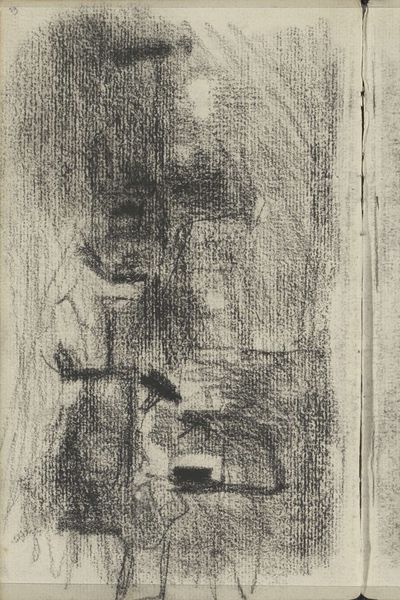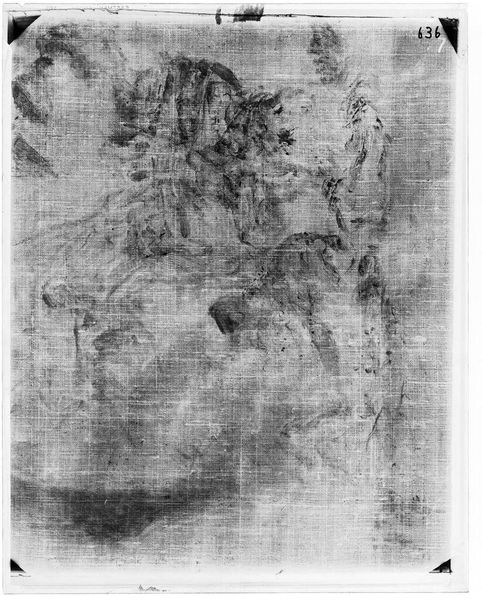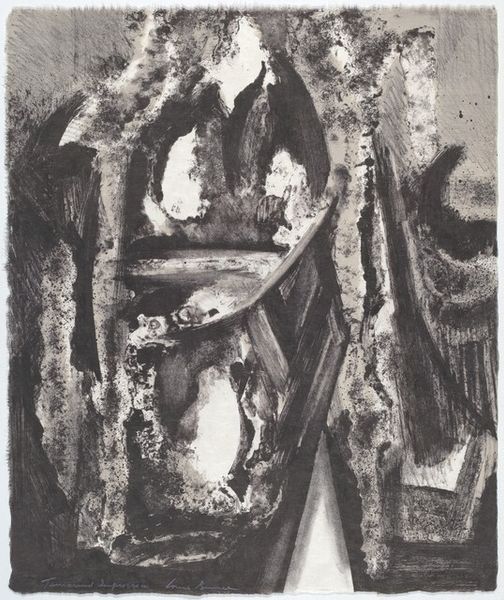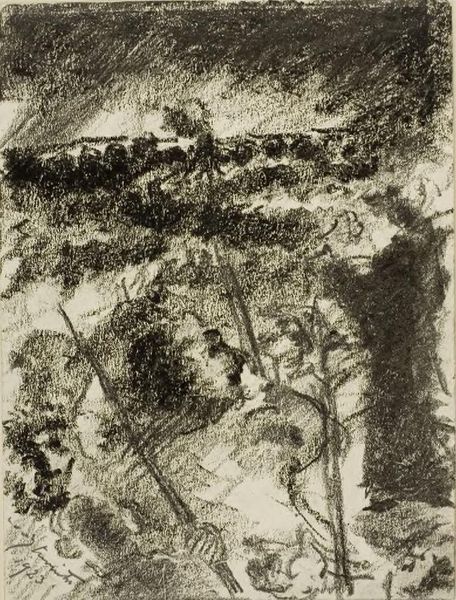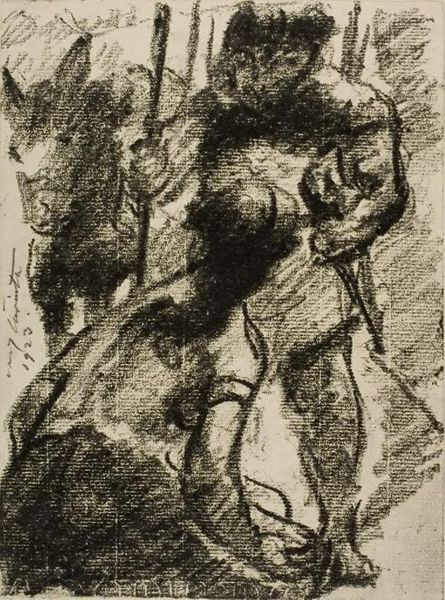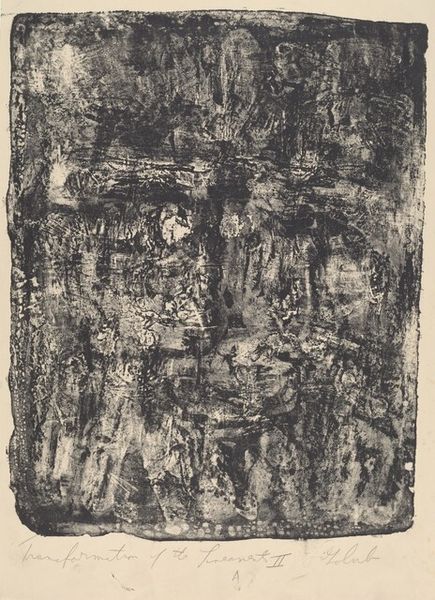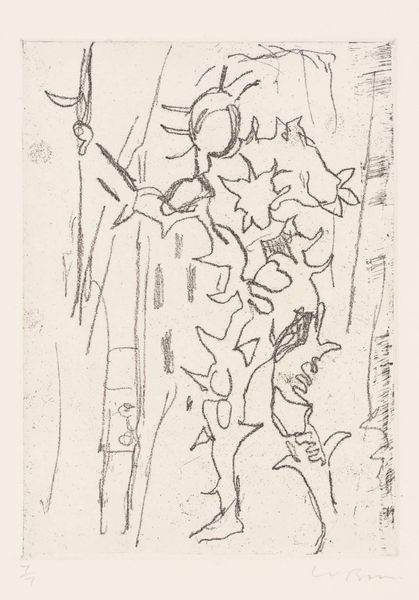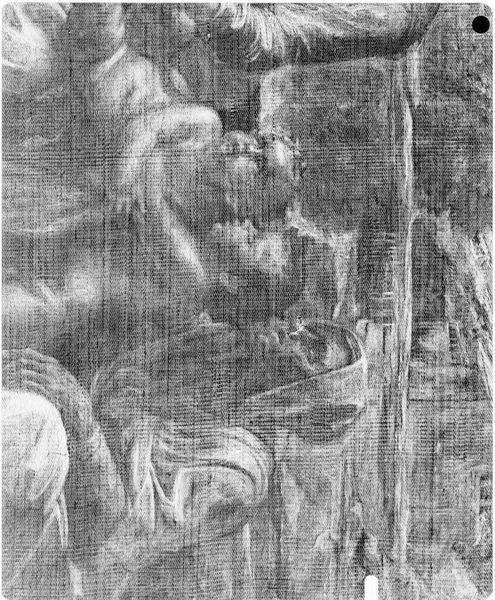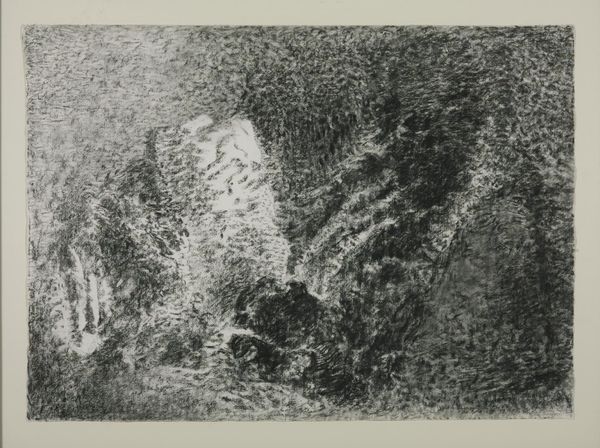
painting, oil-paint, impasto
#
rough brush stroke
#
painting
#
oil-paint
#
charcoal drawing
#
impasto
#
rough sketch
#
abstraction
#
charcoal
#
modernism
Copyright: Bela Czobel,Fair Use
Editor: This is "Le Bouquet De Fleurs Des Champs" by Bela Czobel, likely created around 1963. It's an oil painting, but the rough strokes and heavy impasto give it an almost sculptural quality. I find the muted palette very compelling. What catches your eye when you look at it? Curator: It's fascinating to consider Czobel's process here. The thickness of the paint, that heavy impasto you mentioned – it suggests a deliberate physicality in the act of creation. The monochromatic palette, despite being oil, feels almost like a mass-produced lithograph. How does the starkness of the colors speak to its availability, accessibility to art and artistic creation in 1963? Editor: I hadn't thought of it that way, more a stylistic choice. So you're saying the limited palette and texture are actually indicative of broader trends in art production and maybe even consumption? Curator: Precisely. Consider also how "rough sketch" of charcoal manifests on this canvas. Do these under layers speak to labor, quick execution and a turn towards industrialization rather than the more considered hand of an artist? This piece begs us to investigate the raw materials. The labor inherent in obtaining and manipulating them becomes visible. It’s not just a pretty picture of flowers; it’s an artifact of a particular time and set of circumstances. Editor: That's such a different perspective than just thinking about the aesthetic choices. I guess the flowers themselves also point back to how the natural world gets translated into a commodity through art. Curator: Exactly. The very idea of a bouquet implies selection, arrangement, consumption. By focusing on materiality and methods, we uncover so much more than just artistic skill. It allows us to consider its place in economic and societal contexts. Editor: I'll never look at a still life the same way again! Seeing how the artist used paint brings into focus production. Curator: That's the beauty of materialist art history!
Comments
No comments
Be the first to comment and join the conversation on the ultimate creative platform.
